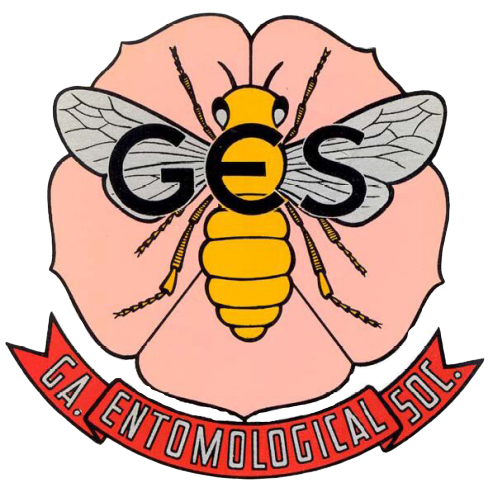Folpet and a combination with folpet, benomyl, citral, sodium propionate, and sorbic acid were fed or exposed to honey bee, Apis mellifera L., field colonies to: 1) determine their long-term toxic effects on the bees; and 2) to determine if chalkbrood (CB) disease, Ascosphaera apis (Maassen ex Claussen) Olive et Spiltor, is inhibited or controlled by the compounds. When folpet was fed to honey bee colonies in sucrose syrup, the group fed the highest rate (1000 ppm) never differed significantly (P > 0.05) from the control colonies. There was an equal number of adult bees, an equal amount of sealed brood, and mortality was identical. Analysis indicated significantly (P < 0.05) fewer CB mummies in treatment groups fed 10 or 1000 ppm folpet, but this apparent benefit may have been due to seasonal changes of reduced CB infection that occur in late summer. Folpet or a combination of folpet, benomyl, citral, sodium propionate, and sorbic acid (1000 ppm each, total 5000 ppm) incorporated into lipid/sucrose extender patties produced no significant (P > 0.05) effect of any kind on colonies to which they were applied, including CB infection. However, when the combination of five fungicides (5000 ppm) was impregnated into beeswax foundation and exposed to honey bee colonies, only a small amount of comb was drawn on the test foundation, indicating a repellent effect. Otherwise, the test foundation had no significant (P > 0.05) effect on the honey bees or the CB infection.
Contributor Notes
1 Hymenoptera: Apidae
2 Approved by the Director of the Wyoming Experiment Station as Journal Article #1182.
3 This paper reports the results of research only. Mention of a pesticide in this paper does not constitute recommendation for use by the USDA, or does it imply registration under FIFRA as amended.
